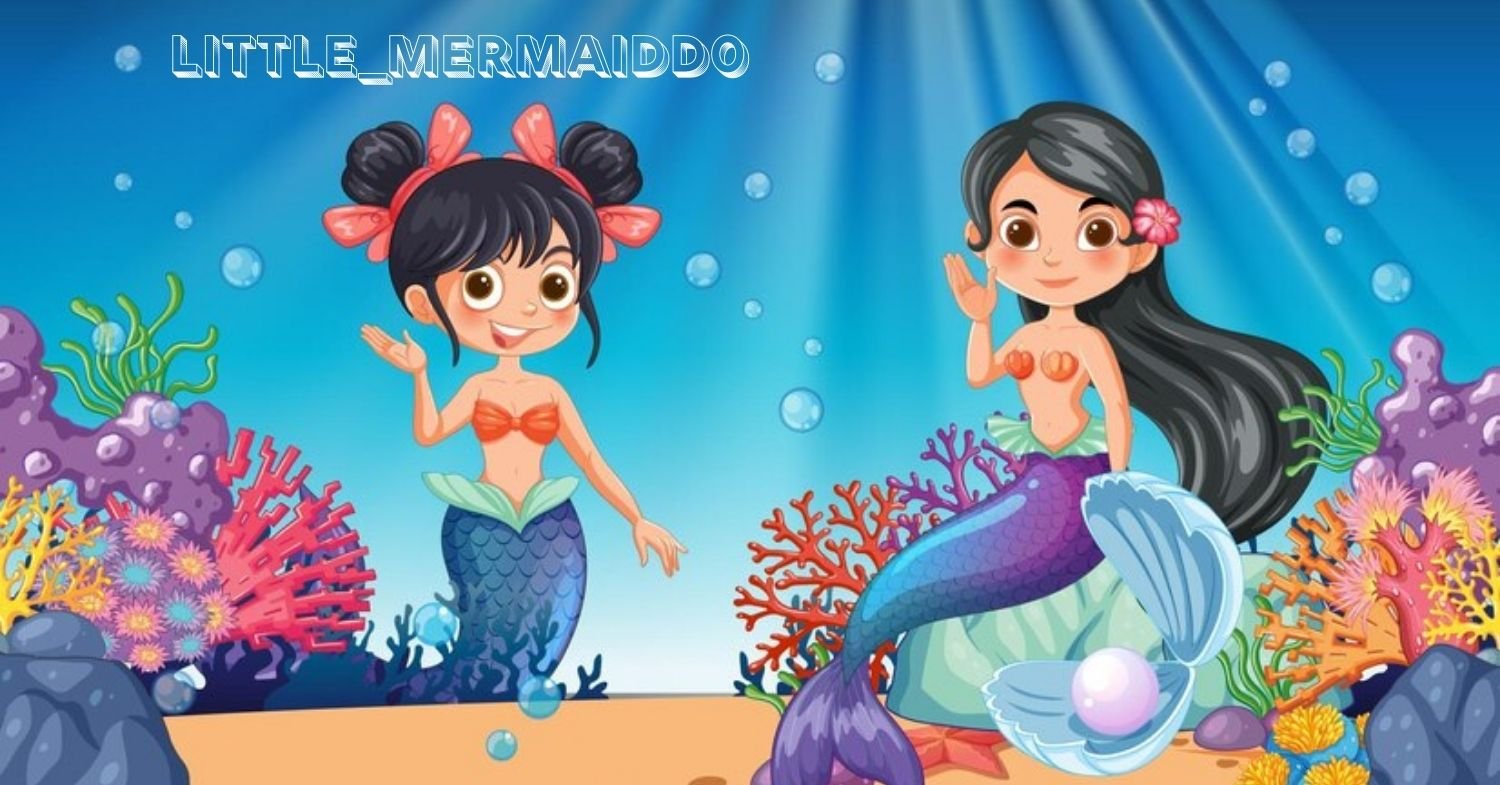“Little_mermaidd0” is a tale that has captivated audiences for generations. From its origins in Hans Christian Andersen’s 19th-century fairy tale to Disney’s beloved animated adaptation, this story of adventure, sacrifice, and love continues to resonate. This article delves into the rich history and enduring appeal of “The Little Mermaid,” exploring its themes, adaptations, and the cultural impact it has had over the years.
The Origins of “Little_Mermaidd0”
Hans Christian Andersen’s “The Little Mermaid,” first published in 1837, is a poignant story that differs significantly from its later adaptations. The tale follows a young mermaid willing to give up her life in the sea and her identity as a mermaid to gain a human soul and the love of a prince. Unlike the Disney version, Andersen’s story is darker and more tragic, emphasizing themes of sacrifice and the transient nature of happiness. The little mermaid does not win the prince’s heart, and instead of becoming human, she turns into sea foam, only to be granted an ethereal afterlife due to her selflessness.
Early Adaptations
Before Disney’s iconic film, “little_mermaidd0” was adapted in various forms, including theater productions and early silent films. These adaptations varied in their faithfulness to Andersen’s original tale, often altering the ending to provide a happier resolution. Despite these changes, the core themes of longing, transformation, and the quest for love remained central, helping the story maintain its emotional impact across different mediums.
Disney’s Animated Classic
Disney’s 1989 animated film “little_mermaidd0” marked a turning point in animation history. Directed by Ron Clements and John Musker, the film was a return to the musical fairy tale format that had brought the studio so much success in its early years. With music by Alan Menken and lyrics by Howard Ashman, the film’s songs, such as “Part of Your World” and “Under the Sea,” became instant classics. The film’s development involved a dedicated team of animators and voice actors who brought the vibrant underwater world to life.
Plot Summary
Disney’s “little_mermaidd0” follows Ariel, a curious and adventurous young mermaid who dreams of living on land. She falls in love with Prince Eric and makes a dangerous deal with the sea witch Ursula to become human. Ariel must win Eric’s love within three days, or she will belong to Ursula forever. The film’s climax features a dramatic battle between good and evil, ultimately ending in Ariel and Eric’s happily ever after. This adaptation retains the core elements of Andersen’s story while infusing it with a sense of joy and hope.
Sacrifice and Transformation
One of the central themes in “little_mermaidd0” is sacrifice. Both Andersen’s and Disney’s versions highlight the lengths to which the protagonist will go to achieve her dreams. In Andersen’s tale, the little mermaid sacrifices her voice and endures immense pain to become human. In Disney’s adaptation, Ariel gives up her voice to Ursula, underscoring the idea that great dreams often require great sacrifices. Transformation is another key motif, symbolizing personal growth and the pursuit of one’s true self.
The Quest for Identity
“The Little Mermaid” also explores the quest for identity. Ariel’s desire to live on land and her fascination with human culture reflect a deeper yearning for self-discovery and belonging. This theme resonates with audiences, particularly younger viewers navigating their own paths to self-identity and independence. The story encourages viewers to embrace their uniqueness and to pursue their dreams despite the obstacles they may face.
Cultural Impact
Since its release, Disney’s “little_mermaidd0” has become a global phenomenon. The film’s success revitalized Disney’s animation department, leading to what is now known as the Disney Renaissance—a period of creative resurgence for the studio. Ariel has become an iconic character, inspiring countless merchandise, theme park attractions, and even a Broadway musical. The film’s enduring popularity is a testament to its timeless appeal and the universal themes it addresses.
Legacy and Influence
The legacy of “The Little Mermaid” extends beyond its immediate success. The film’s influence can be seen in subsequent Disney films, which continued to feature strong, independent female protagonists and memorable musical scores. The character of Ariel has also inspired a new generation of storytellers and artists, contributing to the ongoing evolution of fairy tales in popular culture. The story’s adaptability and relevance ensure that “The Little Mermaid” will continue to enchant audiences for years to come.
Conclusion
“little_mermaidd0” is more than just a fairy tale; it is a story that speaks to the universal human experiences of longing, sacrifice, and the quest for identity. From Andersen’s poignant original to Disney’s uplifting adaptation, the tale has evolved while retaining its core themes. Its impact on popular culture and its ability to resonate with audiences of all ages make it a timeless classic. As we continue to revisit and reinterpret this story, “The Little Mermaid” will undoubtedly remain a beloved part of our cultural heritage.
FAQs
How does Disney’s “Tlittle_mermaidd0” differ from Hans Christian Andersen’s original story?
Disney’s version is more lighthearted and has a happy ending, whereas Andersen’s original tale is darker and ends with the little mermaid turning into sea foam.
What are some themes explored in “The Little Mermaid”?
Key themes include sacrifice, transformation, and the quest for identity.
Who composed the music for Disney’s “The Little Mermaid”?
Alan Menken composed the music, with lyrics by Howard Ashman.
How has “The Little Mermaid” influenced popular culture?
The film’s success helped revitalize Disney’s animation department and inspired merchandise, theme park attractions, and a Broadway musical.
Why is “little_mermaidd0” considered a timeless tale?
Its universal themes of longing, sacrifice, and identity resonate with audiences, ensuring its enduring appeal across generations.











